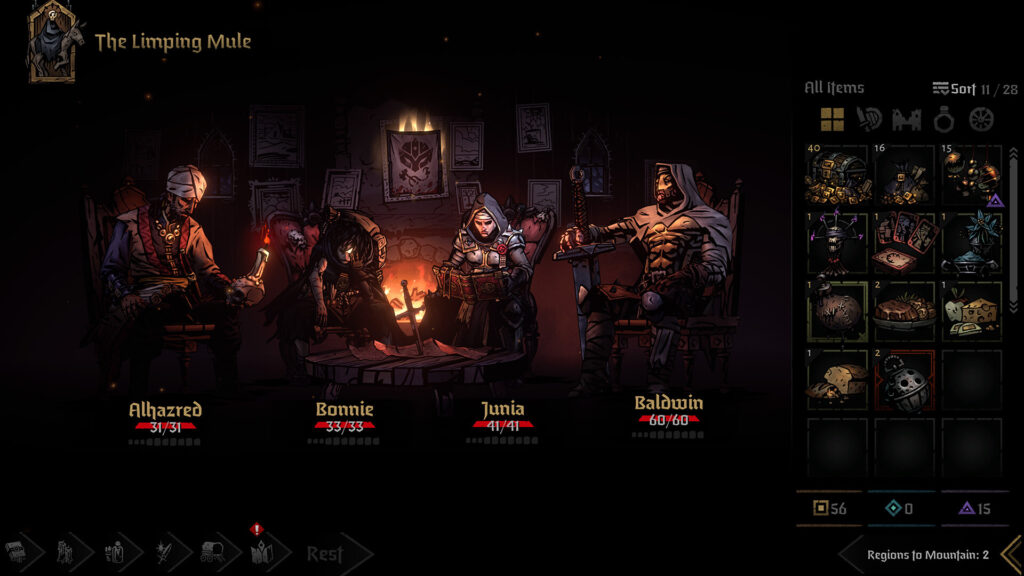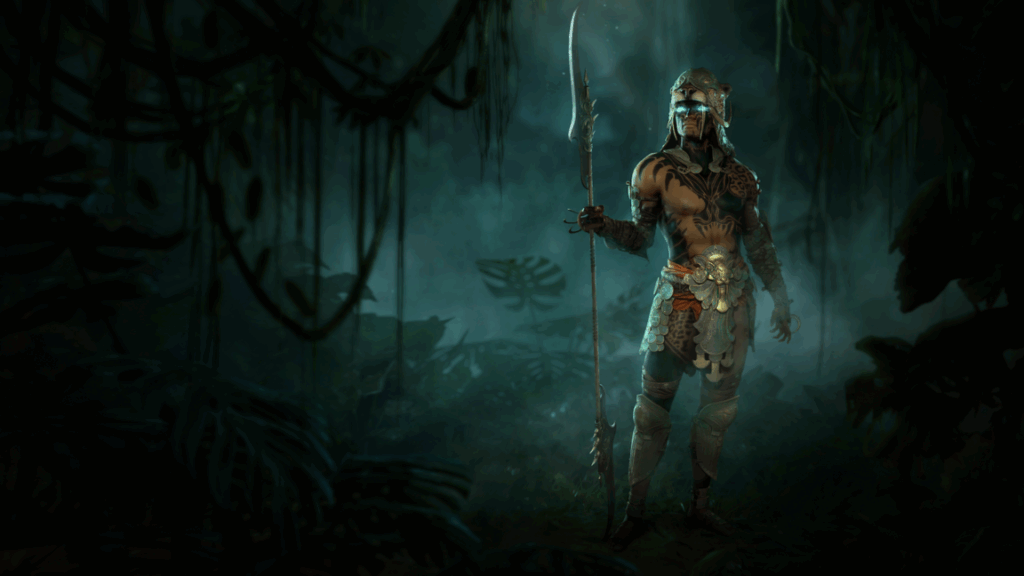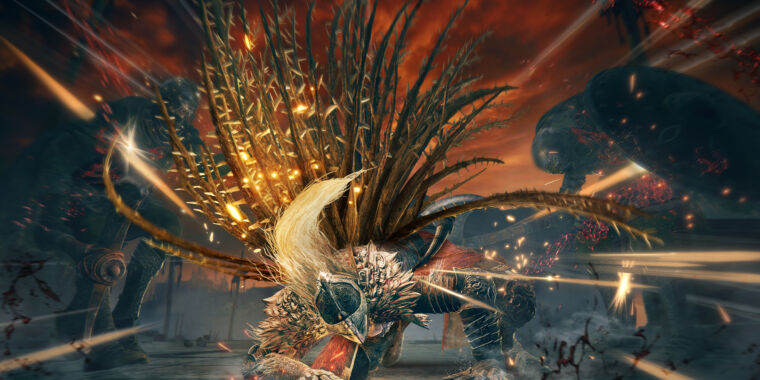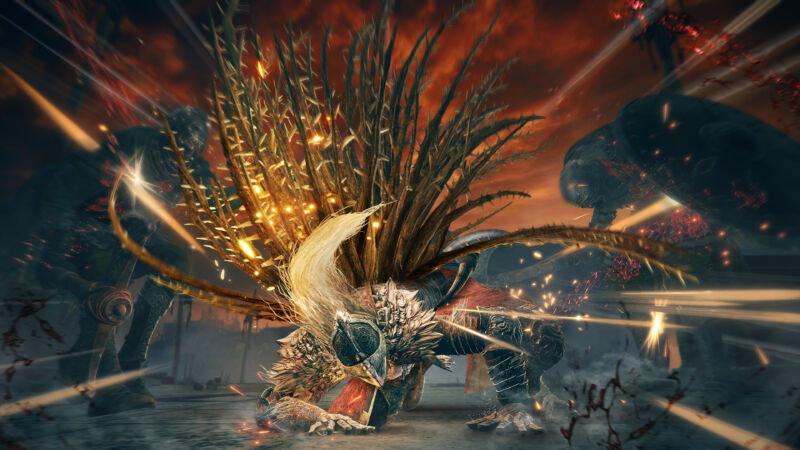Diablo vs. Darkest Dungeon: RPG devs on balancing punishment and power
For Sigman and the Darkest Dungeon team, it was important to establish an overarching design philosophy that was set in place. That said, the details within that framework may change or evolve significantly during development.
“In this age of early access and easily updatable games, balance is a living thing,” Sigman said. “It’s highly iterative throughout the game’s public life. We will update balance based upon community feedback, analytics, evolving metas, and also reflections on our own design philosophies and approaches.”

A screen for managing inventory and more in Darkest Dungeon II. Credit: Red Hook Studios
The problem, of course, is that every change to an existing game is a double-edged sword. With each update, you risk breaking the very elements you’re trying to fix.
Speaking to that ongoing balancing act, Sigman admits, “It’s not without its challenges. We’ve found that many players eagerly await such updates, but a subset gets really angry when developers change balance elements.”
Getting one of your favorite heroes or abilities nerfed can absolutely sink a game or destroy a strategy you’ve relied on for success. The team relies on a number of strictly mathematical tools to help isolate and solve balance problems, but on some level, it’s an artistic and philosophical question.
“A good example is how to address ‘exploits’ in a game,” Sigman said. “Some games try to hurriedly stamp out all possible exploits. With a single-player game, I think you have more leeway to let some exploits stand. It’s nice to let players get away with some stuff. If you kick sand over every exploit that appears, you remove some of the fun.”
As with so many aspects of game design, perfecting the balance between adversity and empowerment comes down to a simple question.
“One amazing piece of wisdom from Sid Meier, my personal favorite designer, is to remember to ask yourself, ‘Who is having the fun here? The designer or the player?’ It should be the player,” Sigman told us.
It’s the kind of approach that players love to hear. Even if a decision is made to make a game more difficult, particularly in an existing game, it should be done to make the play experience more enjoyable. If it begins to feel like devs are making balance changes just to scale down players’ power, it can begin to feel like you’re being punished for having fun.
The fine balance between power and challenge is a hard one to strike, but what players ultimately want is to have a good time. Sometimes that means feeling like a world-destroying demigod, and sometimes it means squeaking through a bloody boss encounter with a single hit point. Most often, though, you’re looking for a happy medium: a worthy challenge overcome through power and skill.
Diablo vs. Darkest Dungeon: RPG devs on balancing punishment and power Read More »


